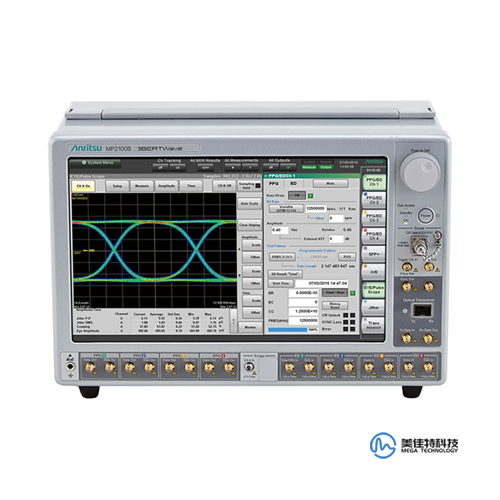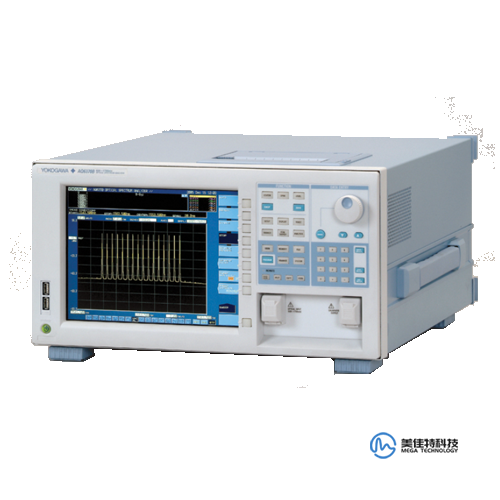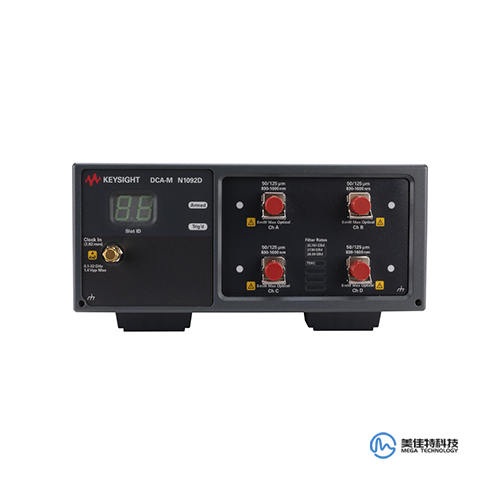Network
"Broadband" refers to high-speed access to the Internet for end customers via wireless, wired or digital subscriber line (DSL). Broadband requires seamless cooperation between a large number of protocols and devices to provide reliable customer access to the Internet, especially as new services are introduced with increasing broadband usage.
I. Broadband access testing solutions
"Broadband" refers to high-speed access to the Internet by end customers via wireless, wired or digital subscriber line (DSL). Broadband requires seamless cooperation between a large number of protocols and devices to provide reliable customer Internet access, especially when launching new services with increasing broadband usage. Without adequate testing of broadband network protocols, devices and network topology, enterprises will be visited by untrustworthy customers.
Broadband access testing solutions provide end-users, whether they are enterprises, service providers, or individual customers, with access protocol-based testing equipment and test methods. In addition, the network needs to provide seamless support for both Internet Protocol IPv4 and IPv6 in order to mitigate the risk of customers moving to IPv6.
Solution
l Simulated roles: PPPoE/DHCP Client, PPPoE/DHCP Server.
l Device under test: BRAS, Router, Switch.
l Test content: Evaluation of the access rate, capacity and stability of the device under test.
II. Multicast test solution
Multicast refers to sending packets in IP networks to a determined set of nodes (i.e. multicast group) in the form of best-effort transmission. The basic idea is that the source host (i.e. multicast source) sends only one copy of data, and its destination address is the multicast group address; all receivers in the multicast group can receive the same copy of data, and only the hosts in the multicast group can receive the data, while other hosts cannot.
Multicast technology effectively solves the problem of unicast transmission and multipoint reception, realizing efficient data transmission from point to multipoint in IP networks, which can save network bandwidth and reduce network load. As a communication method alongside unicast and broadcast, the significance of multicast is not only here. More importantly, the multicast feature of the network can be used to conveniently provide some new value-added services, including online live streaming, network TV, distance education, telemedicine, Internet radio, real-time video conferencing and other information service areas of the Internet.
Multicast test and test solution is oriented to the equipment and systems supporting multicast protocols for multicast function, performance and end-to-end test verification, which provides a good guarantee for product development and solution deployment.
Solution
l Support protocols: IGMP, MLD, PIM-SM.
l Simulation roles: IGMP client, IGMP querier, PIM router.
l Device under test: router, switch.
l Test content: test the multicast group capacity of DUT, the number of PIM neighbors, Flapping test, etc.
III. Routing test solutions
Networks and network devices are becoming more and more complex. Enterprise expansion, data center convergence and new service deployments all require diverse network technologies to operate seamlessly alongside devices. As multiple private networks converge into a single network that carries voice, video, data and wireless traffic, it is imperative that equipment manufacturers verify the scalability, stability and performance of their switches and routers.
The routing test solution provides emulation of multiple routing protocols and supports simultaneous testing in multi-chassis cascade scenarios, meeting the requirements for large-scale protocol emulation, performance testing and stress testing of Ethernet devices, as well as testing needs in various complex network scenarios.
Solution
l Support protocols: IPv4 and IPv6 versions of RIP/OSPF/ISIS/BGP.
l Device Under Test: Routers.
l Test content: testing DUT functionality, performance, stability, compatibility, lapping test.
IV. Automation test solution
In the whole process of network product development, an important issue is to ensure that the functional, performance and reliability testing of the product can be completed quickly and iteratively regressed, and automation testing is undoubtedly the most common means, which is more efficient and accurate compared with manual testing.
Solution
The automation testing solution provides rich test function interfaces for secondary development based on API and TCL; HLAPI (High Level API) can be quickly adapted to different script types, such as TCL, Python, etc. At the same time, the flexible and open design can be based on the customer's existing script rules for interface encapsulation and smooth transition.
l Provide fast, customizable, highly integrated API and TCL interfaces.
l API interface types: C, C#, C++, TCL, Python.
l all FEATURES have corresponding automation APIs.

MP2100B Anritsu
• Bit Error Rate (BER) 4-channel simultaneous measurement
• High quality waveform PPG (1 ps rms jitter)
• High input sensitivity (10 mVp-p minimum input sensitivity)

AQ6370B Yokogawa
• High wavelength resolution accuracy: ±2%
• Wide dynamic range: 70dB @ ±0.2nm
• Polarization dependence: ±0.05dB

N1092D keysight
• Ultra-fast throughput with sampling rates up to 250 kHz
• Accurate high-speed data analysis with jitter < 200 fs









